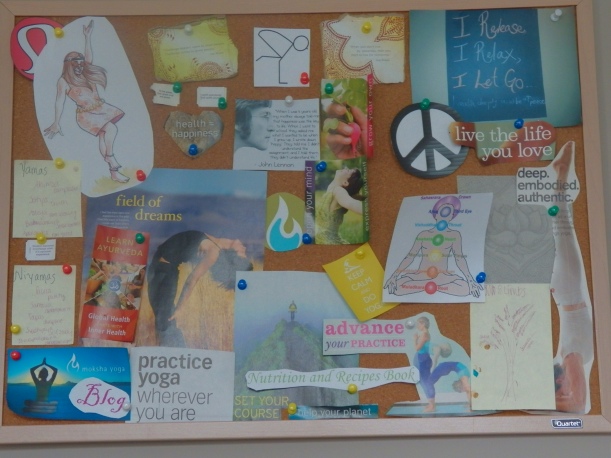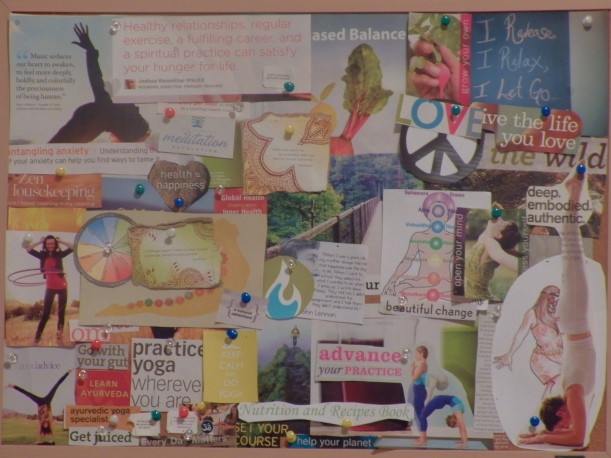 As an SLP, you are probably more familiar than you want to be with feeling stretched a little too thin on a daily basis. You are trained in so many different aspects of communication (and swallowing), you probably have a pretty varied caseload (that is most likely way too big or way too small), and you are constantly between direct and indirect therapy services. Plus, you have become a pro at multi-tasking all day, every day. All of this has become part of your routine (or soon will be if you are a student or CF), and it can, honestly, be quite exhausting at times. Or most of the time.
As an SLP, you are probably more familiar than you want to be with feeling stretched a little too thin on a daily basis. You are trained in so many different aspects of communication (and swallowing), you probably have a pretty varied caseload (that is most likely way too big or way too small), and you are constantly between direct and indirect therapy services. Plus, you have become a pro at multi-tasking all day, every day. All of this has become part of your routine (or soon will be if you are a student or CF), and it can, honestly, be quite exhausting at times. Or most of the time.
There are reasons for that.
Sometimes you might feel like you are loaded down with more work than there is time in the day. Other times you might get a new student or patient and feel like you just don’t have the skills or knowledge to fully treat them. And there will be times that you just feel run down and tired (or perhaps even sick), and you just don’t have the mental energy to do your work, but you still show up and do it anyway.
There is a ton of paperwork. Productivity levels change constantly in all settings. Caseloads are often out of your control. Multi-tasking causes you to do mental jumping jacks all day. You are physically and mentally exhausted. Add all of this together and you might notice that your outlook on your work, career and even your daily life might have shifted for the negative.
Being stressed and feeling stuck can cause your brain to start to work in overdrive to protect you. This is a beautiful and wonderful system that can keep you safe when you are in danger. But when you aren’t in danger, and life is just constantly feeling stressful, it only sets you up for more stress and more exhaustion each day. It stops you from being able to find more ease as an SLP, and leaves you feeling more and more stressed each day.
When you are chronically feeling stressed, your brain starts to stay on “high alert” to look out for threats and stress around you. If you have a stressful job, or lots of work piling up, stress is everywhere and your brain is constantly seeing it, signaling to your body to release hormones and keeping you in a state of anxiety and stress, which can eventually lead to burn out in your body (adrenal system), your energy (mental and physical) and your job.
To help shift out of this mode, you can do a few practices that help you to find more ease as an SLP, even when your day and schedule haven’t changed one bit. These practices are designed to help you calm the signals in your body that alert your brain to stress (deep breathing), help you to find space in your thoughts (movement), finding positive moments in your day (gratitude journal) and reducing the amount of task switching each day (no more multi-tasking).
Here are 4 ways to find more ease as an SLP, every day:
- Helps you find some good in the day
- Helps your brain to notice more good
- Gives you a pause in the day
- Write down 3 positive things from your day
Movement:
- Clears your head
- Blood and breath flowing
- Energy lifts
- Take 5-60 minutes to walk, stretch or move mindfully
- Sends signal to bran and body to be calm
- Decreases stress response
- Gives you a break in your day
- take 1-5 minutes to focus on your breath
- More efficient work
- More mental energy
- Less strain on brain to constantly switching from task to task
- Instead bulk like tasks together and check email at set times
When you incorporate one or all of these tings into your day, you’ll start to create new habit and patterns that help reduce stress, but also train your brain to be less affected by the stress that is around you each day. They teach you to manage stress better.
For more on stress management, make sure to check out the “SLP Toolbox” where you’ll find more strategies and tips to build ease in your day. You can sign up below for access.
Much Love,
![]()












